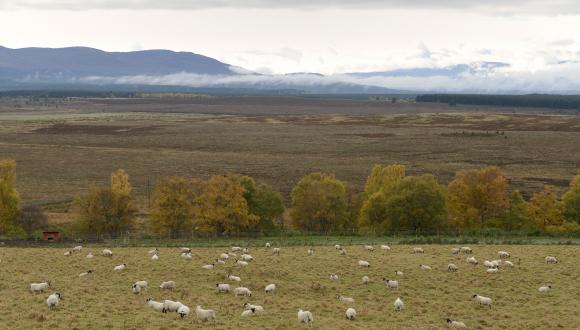
Types of farming
Three-quarters of Scotland’s land is agricultural land, and a diverse range of farming takes place across the country.
More than half of Scotland’s agricultural land is dedicated to upland sheep farming and mixed sheep and beef cattle farming. Moderate grazing by both sheep and cattle supports diverse swards, patches of short vegetation and areas of tall herbs. Hill farming thus benefits many insects, plants and birds.
Arable fields often depend on high levels of fertilisers and pesticides and are less diverse than other farmland habitats. But when managed less intensively and with arable margins, conservation headlands or beetlebanks, they may sustain small mammals, birds, insects and rare plants like the cornflower.
Lowland livestock and dairy farming often involve intensive management, linked to lower biodiversity. However, with appropriate management, wildlife can be encouraged.
Much crofting land use is still seen as being of high nature value, despite the decline in arable cropping and loss of livestock from some crofts.





